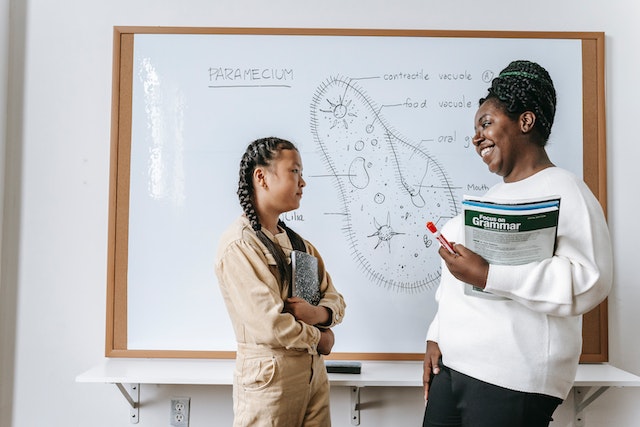MEANING OF RELATIVE PRONOUNS
A relative clause that is brought up by a Relative pronoun, and is also known as relative pronoun.
Let us understand with an example:
- The woman who saw me on the balcony is my professor.
In the given example, the word ‘who’ relates to the person which is modified by ‘saw me on the balcony’. Not only this, but it also introduces the relative clause ‘saw me on the balcony’.
5 BASIC RELATIVE PRONOUNS
The five very basic relative pronouns are who, whom, whose, which, that.
We use the subject ‘who’ and the object ‘whom’ only for people. Whereas, the word ‘whose’ is used to define or tell about possession, the word ‘which’ is used for things, the word ‘that’ is used for things as well as people, but only when we are speaking about a relative clause.
Remember that the relative pronouns can to refer to singular or plural, also there is no difference between a male and a female.
Examples
- The woman who saw me on the balcony is my professor.
The woman that saw me on the balcony is my professor.
- The bike which hit her was black.
The bike that hit her was black.
- The student whose shoes are dirty must go outside the class.
- Students whose books are not covered must bring their parents tomorrow.
Note that all the grammar sources do not include the word ‘that’ as a relative pronoun. There are some people who say that the word ‘that’ must not be used while we talk about people, but instead, words like ‘who/whom’ must be used.
Quiz on Relative Pronouns














